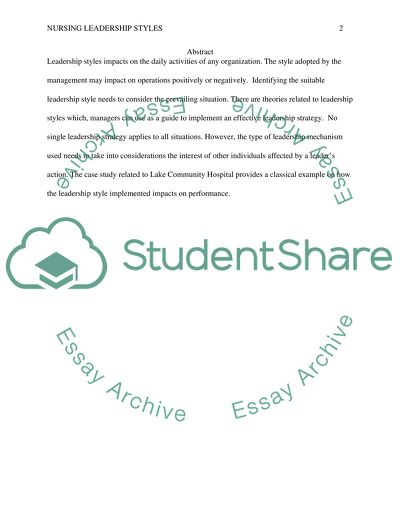Cite this document
(“Leadership Styles Essay Example | Topics and Well Written Essays - 1250 words”, n.d.)
Leadership Styles Essay Example | Topics and Well Written Essays - 1250 words. Retrieved from https://studentshare.org/nursing/1486324-leadership-styles
Leadership Styles Essay Example | Topics and Well Written Essays - 1250 words. Retrieved from https://studentshare.org/nursing/1486324-leadership-styles
(Leadership Styles Essay Example | Topics and Well Written Essays - 1250 Words)
Leadership Styles Essay Example | Topics and Well Written Essays - 1250 Words. https://studentshare.org/nursing/1486324-leadership-styles.
Leadership Styles Essay Example | Topics and Well Written Essays - 1250 Words. https://studentshare.org/nursing/1486324-leadership-styles.
“Leadership Styles Essay Example | Topics and Well Written Essays - 1250 Words”, n.d. https://studentshare.org/nursing/1486324-leadership-styles.


